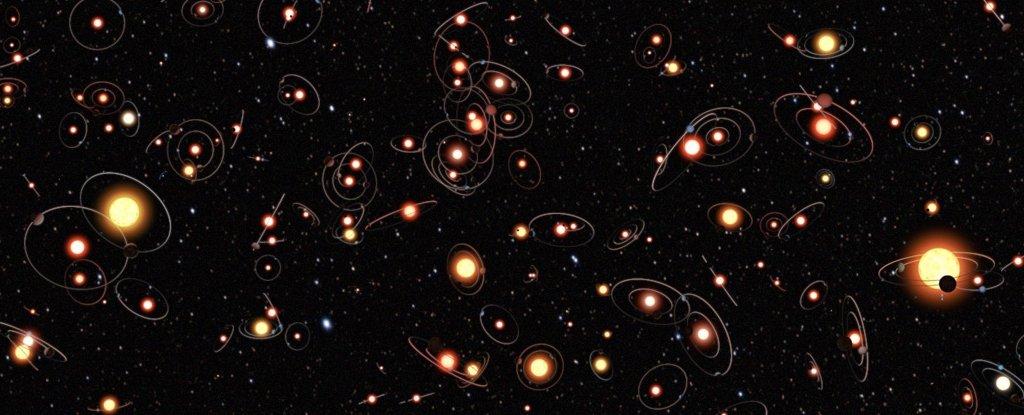
An international team of astronomers reports that the number of detected exoplanets has increased by almost a hundred, thanks to the continuing mission K2 space telescope “Kepler” space Agency NASA. After analyzing the latest data collected with the telescope, scientists announced the discovery of more planets 95, which generally increases the number of detected within the mission K2 exoplanets to nearly 300.
“We started the analysis of the 275 candidates, 149 of which were subsequently confirmed as exoplanets. With 95 of them are previously unknown,” commented the study’s lead author Andrew Mayo from the Danish technical University.
Recall that the space mission Kepler was launched in 2009. Since then, the telescope is circling around the Sun and tries to detect new exoplanets using the transit method of observation – from time to time taking pictures of other stars and looking for changes in their brightness. If the brightness is reduced, and then after some period of time acquires the same value, then most likely this means that the star light is blocked periodically by a sufficiently large body. In other words, perhaps the planet.
The method is very laborious and requires the analysis of huge amounts of data. You first need to select periods of change in brightness, and then confirm them. In addition, it works only in the case if the planet and the star into the plane of the line of sight of the observer (or us, or, as in this case, the telescope “Kepler”). However, the method is recognized by the astronomers is quite effective. Thanks to him, noted in NASA, in the main part of the mission “Kepler” has found 5100 candidates and confirmed the existence of exoplanets 2341.
Unfortunately, in 2013, the space telescope has encountered a serious problem when one of its gyroscopes, which help to navigate in space, is out of order. However, NASA has found a way to extend the life of the space observer. For the orientation of the telescope, it was decided to use an auxiliary steering engines. Thanks to this telescope is science so far.
The data the Mayo team used for the analysis were collected by the telescope in 2014. Scientists had a lot of trouble over that, to confirm that the observed changes in the brightness of stars was not caused by other possible factors.
“We found that the source of some of the signals are multiple star systems, and the electromagnetic noise of the spacecraft. But we’ve also found planets that are in size ranging from very small earth to the size of Jupiter and even more,” commented Mayo.
“For example, one of the planets, which was not previously known, is the star HD 212657, located approximately 254 light years from us. It has a 10-day orbital period and rotation is one of the brightest stars found in the mission “Kepler” K2″.
Astronomers explain that the brighter the star, the more we can learn about the planet around which it turns. And in the future, with the launch of more powerful telescopes, we can get a clearer image of the detected objects. It is possible that with new technology, scientists will be able to even obtain information about the atmospheres of exoplanets already detected as (for example, TRAPPIST-1), and those objects which have yet to be found.
The search for exoplanets, of course, connected with the desire of scientists to find extraterrestrial life. But only partly. Here are also important statistics that will allow at least some understanding of how all the planets may be in space: how many of them can be attributed to earth-like, how – to gaseous. Ultimately, this will let you know how unique and unique whether it is our Solar system and how it fits into the big picture of the Universe.
Space telescope “Kepler” confirmed the existence of exoplanets 100
Nikolai Khizhnyak